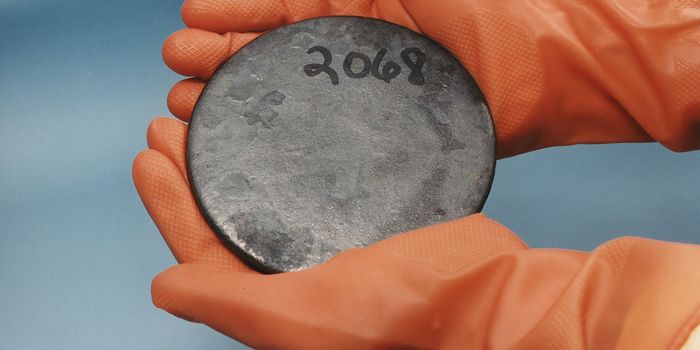Non-toxic, Eco-friendly Solar Panels
Solar panels have become one of the most prominent alternatives to carbon-producing fuels in the fight against climate change. According to the U.S. Department of Energy, solar energy is the fastest growing renewable form of electricity, with about three million panels installed through the U.S. (and about one million of them installed in just the two years).
However, despite their obvious benefits, they still have some drawbacks. Specifically, the process of making solar panels can be a challenging one. They are expensive to make, produce various kinds of industrial waste, and require several toxic materials to make; chief among these toxic materials is cadmium. Exposure to cadmium, in particular, can cause cancer and a range of other complications.
Researchers at Ritsumeikan University in Japan have developed a new process for developing solar panels that is more eco-friendly by removing the need for cadmium in the development process. The result is a cleaner, more efficient solar panel. The process is described in a recent paper published in Solar Rapid Research Letters.
This is not to say that cadmium-based solar panels are ineffective. In fact, many kinds of solar panels made with cadmium are quite effective at energy generation. For example, copper indium gallium selenides are a solar panel that is thinner, less expensive to make, and easier to install compared to traditional solar cells. They can also absorb more light. However, they have a layer of a toxic form of cadmium, exposure to which is toxic.
To overcome this and remove the use of toxic cadmium layers, researchers replaced it with a new layer of material made from oxidizing certain layers of the solar panel using an air-annealing process. Oxidizing the layer isn’t an inherently new process, though it can take a long time with traditional methods. The new process developed by Ritsumeikan University researchers cuts that time down to just hours.
Though this new process does remove the need for cadmium, it is slightly less efficient than traditional solar panels. Researchers hope their model could be the start of a more large-scale effort to reduce toxic chemicals and waste from the production of solar panels while maintaining energy efficiency.
Sources: Science Daily; Solar RRL; U.S. Department of Energy








